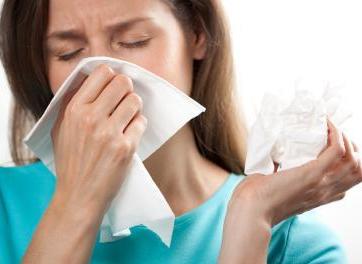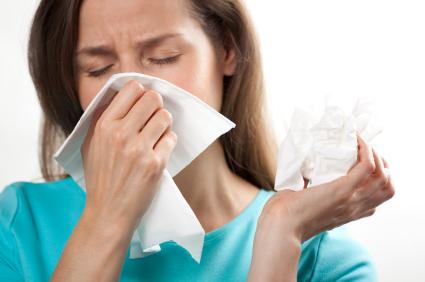 The flu season started early in the U.S. and has reached epidemic proportions, according to the Centers for Disease Control.
The flu season started early in the U.S. and has reached epidemic proportions, according to the Centers for Disease Control.
With hospital wards filling up and people lining up for vaccinations, the CDC warns this could continue for some time.
Fortunately there are steps people can take to avoid getting the flu, or keep from passing it on to others if they do become sick.
Influenza, commonly called the “flu,” is a contagious viral infection that affects the respiratory system — the nose, throat and lungs.
Symptoms of the flu can include fever, cough, sore throat, runny or stuffy nose, body aches, headache, chills and fatigue. Some people may also have vomiting and diarrhea.
Influenza is a serious disease that can lead to hospitalization and sometimes even death. Every flu season is different, and influenza infection can affect people differently. The CDC estimates that from the 1976-1977 flu season to the 2006-2007 season, flu-associated deaths each season ranged from a low of about 3,000 people to a high of about 49,000 people.
According to the CDC, the first and most important step is to get a flu vaccination each year. With very few exceptions, the CDC recommends everyone 6 months of age and older should get an annual flu vaccine as soon as vaccines are available.
Vaccination is especially important for people at high risk to decrease their likelihood of getting sick and possibly having serious illness. People at high risk of serious flu complications include young children, pregnant women, people with chronic health conditions (like asthma, diabetes or heart and lung disease) and people 65 years and older.
At this point flu vaccine may be harder to find now than it was earlier in the season. People may need to contact more than one provider (pharmacy, health department, or doctor) to find available vaccine. The CDC’s flu vaccine locator might be helpful in finding a place that still has the vaccine.
Those who’ve already been vaccinated this season, have taken the most important step to protect themselves and those around them from flu. Unfortunately, the CDC reports there are a couple of reasons why it’s still possible to get the flu despite being vaccinated.
People may be exposed to a flu virus shortly before getting vaccinated or during the two-week period it takes the body to develop an immune response following vaccination. There’s also a possibility of catching a different flu virus not included in the vaccine. Most of the viruses characterized by CDC have been like the viruses in the vaccine, but the flu vaccine is not likely to protect against other viruses.
Sometimes the flu vaccine doesn’t work as well for some people, which means that some people can get sick with the flu despite being vaccinated. The ability of flu vaccine to protect a person depends, in part, on the health and age of the person being vaccinated. In general, the flu vaccine works best among young healthy adults and older children.
Some older people and people with certain chronic illnesses may develop less immunity after vaccination. For that reason, it’s important for people to know what else can be done to avoid getting sick and what they can do if they do get sick with flu.
Everyday preventive actions are steps that people can take to help slow the spread of germs that cause respiratory illness, like the flu. They are not a substitute for vaccination. These include the following personal and community actions:
• Try to avoid close contact with sick people.
• If you or your child gets sick with a respiratory illness, like flu, limit contact with others as much as possible to help prevent spreading illness. Stay home (or keep the child home) for at least 24 hours after fever is gone except to seek medical care or for other necessities. Fever should be gone without the use of a fever-reducing medicine.
• If an outbreak of flu or another illness occurs, follow public health advice. This may include information about how to increase distance between people and other measures.
• Cover the nose and mouth with a tissue when coughing or sneezing. This will block the spread of droplets from the mouth or nose that could contain germs.
• Wash the hands often with soap and water. If soap and water are not available, use an alcohol-based hand rub.
For those that do get the flu, there are antiviral drugs that can treat the illness and are a second line of defense. This type of medication is not available over-the-counter so a prescription is needed, but antiviral drugs can make the illness milder and shorten the time someone is sick.
They are most effective when started within two days of getting sick, though starting them later can still be helpful, especially for those with high risk conditions. Early treatment is especially important for people who are at high risk of flu complications. A doctor can decide whether antiviral drugs are needed.
According to the CDC, people who have the flu often feel some or all of these signs and symptoms:
• Fever* or feeling feverish/chills
• Cough
• Sore throat
• Runny or stuffy nose
• Muscle or body aches
• Headaches
• Fatigue (very tired)
• Some people may have vomiting and diarrhea, though this is more common in children than adults.
*It’s important to note that not everyone with flu will have a fever.












